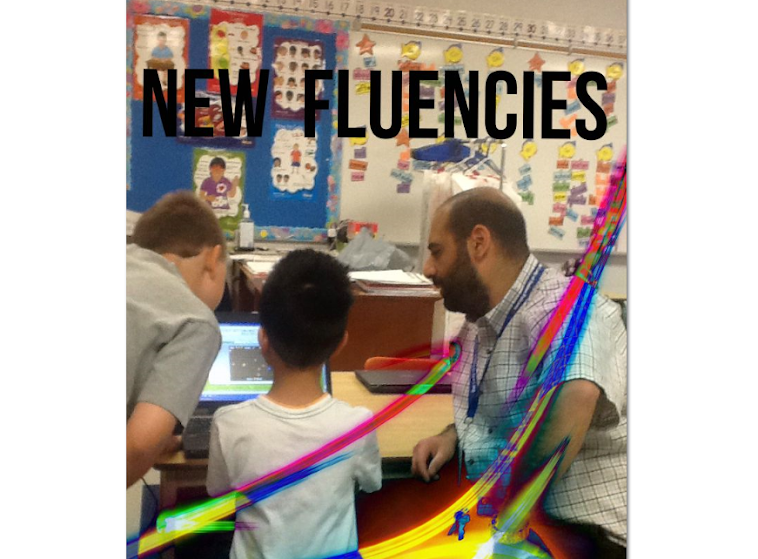__________________________________________________________________
This year I have been fortunate to spend time with +Rolland Chidiac-WCDSB at different points of his journey incorporating 3D printing into his grade 4 classroom. A few ah-ha's for me include the role of discovery, tangibles as gateways to student learning and improvement, and the inevitability of failure (and how we use it to feed-forward).
This opportunity to learn, discuss, ideate, and share has been especially beneficial as I am being provided with a 3D printer in my classroom next year as part of a research study on spatial reasoning. One of my goals is to explore how mathematical concepts (eg. scale) and the design process can be intertwined to improve students' spatial reasoning skills. I also hope to discover ways to incorporate design thinking into other subject areas (with students leading the way I imagine).
The chance to get started with 3D printing came before I knew it.
As a final culminating activity in history, students were challenged to synthesize their learning from the time period explored in any manner they choose. Ideas included creating virtual timelines, counterfactual videos, and news broadcasts. A pair of students thought that they might like to create a monument commemorating the War of 1812. This intrigued me and I thought it was a great opportunity to give TinkerCad a try. The two boys were more than willing to experiment!
Below is a screenshot of their TinkerCad design.

The gates on each side represent the countries and the chain represents an unbreakable bond. I noticed the depth of thought as the students worked away on their design. Each element carefully considered and adjustments were made throughout.
The students were quite satisfied with their design remaining on TinkerCad (which highlighted for me that the ability to print was not necessarily needed required). They projected their design on the whiteboard and shared their ideas and design with their classmates.
To their surprise, I asked +Rolland Chidiac-WCDSB if he would print the design for them. I was able to download the .stl file and send it to him (woot woot)!! To my knowledge, he needed to make a few adjustments to their design so it would print properly (and in a reasonable time frame). Aspects I need to learn more about next year.
A few days later it arrived in the courier!

In one of his previous posts, Rolland stated something that really stood out for me.
"THAT is where the rubber meets the road."
It's the THINKING behind the artifacts that is truly powerful. All made possible by giving students opportunities to design and create in ways that bring meaning to their thinking.
Back to my 'ah-ha's:
The role of discovery: Rolland didn't know all the answers (or all the questions for that matter) when he started with 3D printing. He discovered alongside his students. This is empowering and motivating for all students.
Tangibles as gateways to student learning and improvement: Who doesn't like to see their ideas come to life? Rolland shared many instances where the tangible object facilitated learning. An example of this was the characters they created as part of storytelling. He noticed what a difference it made having the 3D printed objects on their desks during the writing process. This was evident with my students as well. When I showed the students the printed monument, their faces lit up. I could see the pride and excitement in their eyes.
The inevitability of failure (and how we use it to feed-forward): Rolland's blog on failures was my very favourite. Things don't always go according to plan. Sometimes we end up with just a mess of plastic. We need to adjust and move on. One of the students who designed the monument stated that he was disappointed that the gates did not fit perfectly into the arch. He had included small slits in the arch that were suppose to hold the gates in place. His slits were not quite big enough, so without careful balancing, the gates fell over. He went over to his laptop and changed it on his design. Awesome!
A big thanks to Rolland for his willingness to share and discuss!
Looking forward to collaborating on design projects in the future!

No comments:
Post a Comment